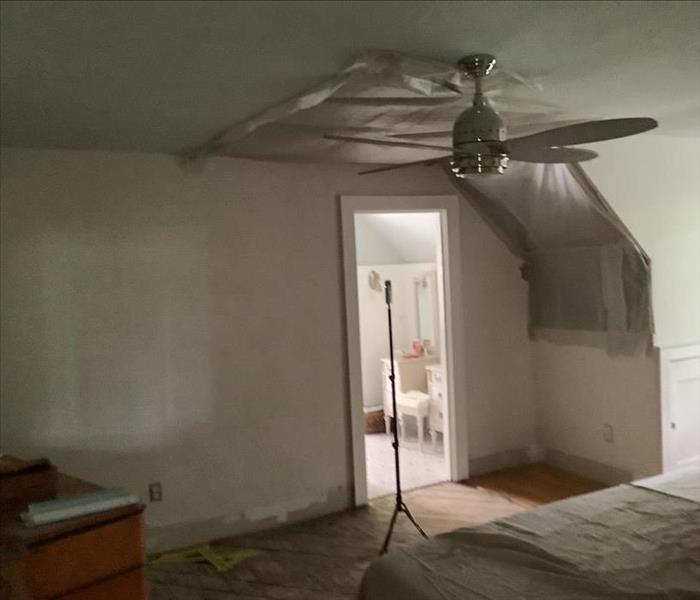How to Safely Use Candles and Alternative Lighting During Power Outages
5/15/2024 (Permalink)
 In this blog post, we will explore how to safely use candles and other types of lighting during power outages after storm damage.
In this blog post, we will explore how to safely use candles and other types of lighting during power outages after storm damage.
Power outages can occur during storm emergencies, leaving you without electricity and relying on alternative lighting sources. Candles and other forms of lighting can provide illumination and comfort during these dark times. However, it is crucial to prioritize safety when using candles and alternative lighting to prevent accidents and minimize the risk of fire or injury. In this blog post, we will explore how to safely use candles and other types of lighting during power outages after storm damage.
1. Use Candles Safely
When using candles, keep them in sturdy candleholders and place them on a stable surface away from flammable materials, such as curtains or furniture. Never leave a lit candle unattended, and keep them out of reach of children and pets. Consider using flameless LED candles as a safer alternative, as they provide a similar effect without the fire hazard.
2. Avoid Open Flames
Open flames can pose a significant fire risk, especially during power outages when the risk of accidentally knocking over a candle or lighting material is higher. Consider using battery-powered lanterns or flashlights instead of candles. They provide reliable and safe lighting without the risk of open flames.
3. Have Adequate Lighting Supplies
Ensure you have enough alternative lighting supplies on hand, such as battery-powered lanterns, flashlights, and extra batteries. These supplies should be easily accessible and spread throughout your home, so you can quickly find them during a power outage.
4. Test Your Lighting Equipment
Regularly check and test your alternative lighting equipment to ensure they are in proper working condition. Replace batteries as needed and keep a stock of spare batteries for emergencies. Having functional lighting equipment is essential during power outages for safety and peace of mind.
5. Create Well-Lit Pathways
During a power outage, it is important to create well-lit pathways to help prevent trips and falls in the dark. Use battery-powered motion-sensor lights or glow sticks to mark pathways to essential areas of your home, such as the bathroom, kitchen, and emergency exits.
6. Be Mindful of Carbon Monoxide (CO) Risks
If you are using fuel-based lighting sources, such as gas lamps or camp stoves, be aware of the carbon monoxide (CO) risks. Never use these sources indoors, as they produce CO gas, which is odorless and can be deadly. Always use fuel-based lighting sources outside in a well-ventilated area.
7. Follow Manufacturer's Instructions
Regardless of the lighting source you choose, it is important to follow the manufacturer's instructions for safe use. This includes the proper installation and maintenance of equipment to ensure it operates safely and efficiently.
8. Develop a Storm Damage Plan
Preparing for power outages and storm emergencies should be part of your overall storm damage plan. This includes having alternative lighting supplies readily available and knowing the location of emergency exits and safety equipment in your home. It is also recommended to have the contact information of professionals like SERVPRO® who can provide assistance in case of storm damage.
9. Stay Informed
Stay informed about updates and announcements regarding power outages in your area during storm emergencies. Listen to battery-powered radios or use a mobile device with an available charge to receive important updates from local authorities.
In conclusion, using candles and alternative lighting sources safely during power outages is vital to protect your home and ensure your well-being. By following these guidelines and incorporating them into your storm damage plan, you can minimize the risk of accidents or injuries while navigating the dark. Remember, SERVPRO professionals are available to help with storm damage emergencies, including fire and water damage restoration. Stay safe, stay prepared, and stay informed during power outages caused by storm damage.

 24/7 Emergency Service
24/7 Emergency Service